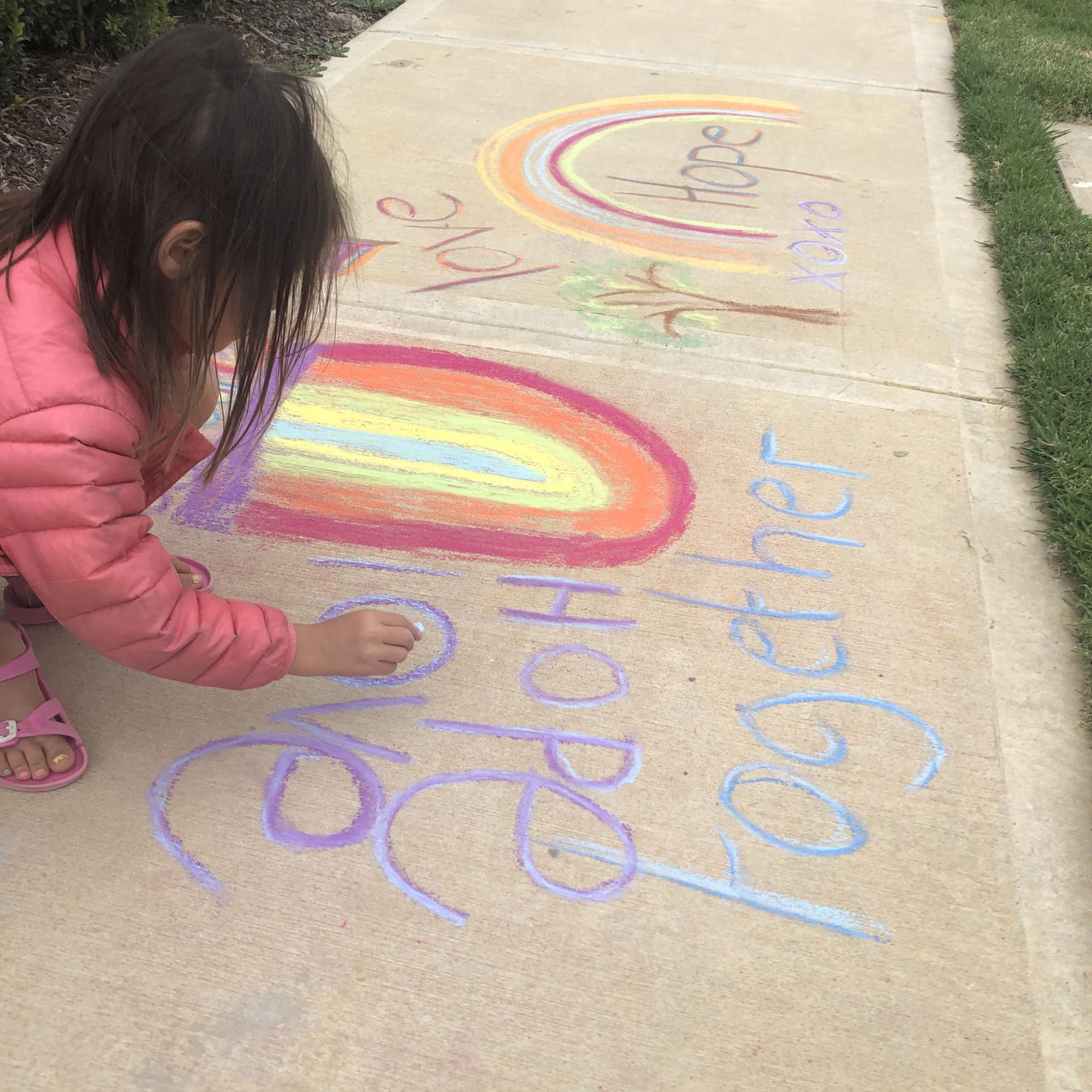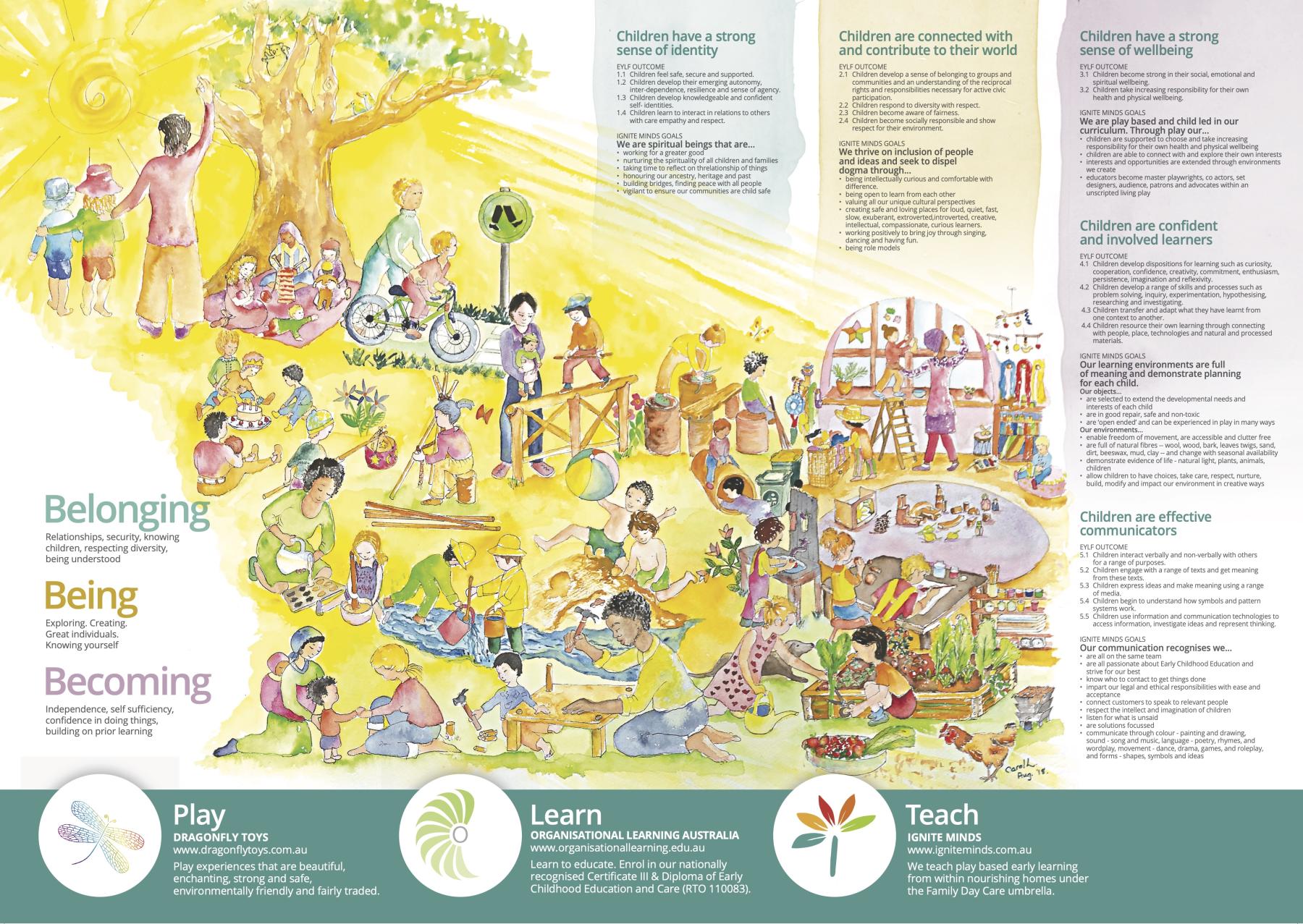
Why?
Art is valuable because it allows children to process their world, it is joyful, mindful and pleasurable. It can also help deal with sometimes scary emotions in a safe way, and it gives them important sensory input stimulating brain development.
Painting and colour is educational and developes skills including:
- Self awareness - reflecting yourself in the images we see around us
- Purpose - developing and refining skills
- Being - making marks is a pure expression of self and communication.
- Belonging - developing a visual language that is shared with the group
- Becoming - confidence in acquiring new skills and communication.
Activities / inspiration
- Stories and Histories. theme of art that involves stories whether real or make believe.
- Genre. Scenes of every day life.
- Personal Expression. ...
- Fantasy. ...
- The Natural World. .
- Body tracing and painting (Spin painting is such a fun painting activity for preschoolers as well as older children! We use a salad spinner for our spin art
- Family Portraits (draw your family/crayons
- Mixing colours (learn about different colours)
- Splatter painting(Who doesn’t love splatter and drip painting? This one is a messier, action-oriented art activity best suited to outdoors.
- Shaving cream marbling (mixing shaving cream and colours
- Salt Painting (Raised salt painting is an all-time favourite kids’ art activity that is loved by all ages from toddlers on up. Glue, salt, and watercolors are all you need for this simple art activity, also known as salty watercolors.
Communication
Children are dreamy little scientists. It is not important that they draw a perfect rainbow, dog or person. Give them the opportunity to express their own imagination. When speaking to children, try to complement the moment rather than the outcome. For example,
- What an amazing red. I love what you have done with that red
- You are so focussed. Isn't it amazing how time has just flashed past
- What fun we are having - shall we do it again sometime.
- Look at how beautifully you have... mixed colours, drawn sharp lines, shared your crayons, stayed focussed, rubbed etc.
When we define a drawing for a child as a ‘house’ or ‘tree’ or ‘rainbow’ we set them up to please us rather than focus on their own creative expression.
Week 1 - Crayons Stockmar Blocks $23.90 before 15% educator discount
Babies
- Paper and block crayon. (stockmar is safe to put in mouth) Explore Bold marks. Primary colours Red, Yellow Blue
Toddlers & Kinder
- Shading technique - use block crayon flat and shade. Experiment with pressure. Bold lines, soft delicate lines, evenly filled spaces.
- Contact Printing. Collect leaves, bark, textures from the park and outdoor excursions. Place texture behind the paper and shade over the top of the paper to see the contact print come through.
School Aged
- Colour wheel - with 3 primary colours ‘red’ ‘yellow’ and ‘blue’ children will learn how to mix colours to make all colours of the rainbow.
- Use a large dinner plate to trace a circle on a page.
- Divide the circle into 6 ‘pizza slices’
- From the top of the ‘pizza’ colour in as follows
- Yellow
- Yellow + Blue = Green
- Blue
- Blue + Red = Purple
- Red
- Red + Yellow = Orange
- Experiment with pressure - adding more or less of one colour to make the mixed colour more brilliant
- Older children may like to add ‘black’ and ‘white’ that are technically not colours but will help extend the colour spectrum by adding or removing light.
Below is an example of a simple colour wheel made from the 3 primary colours red, blue and yellow.
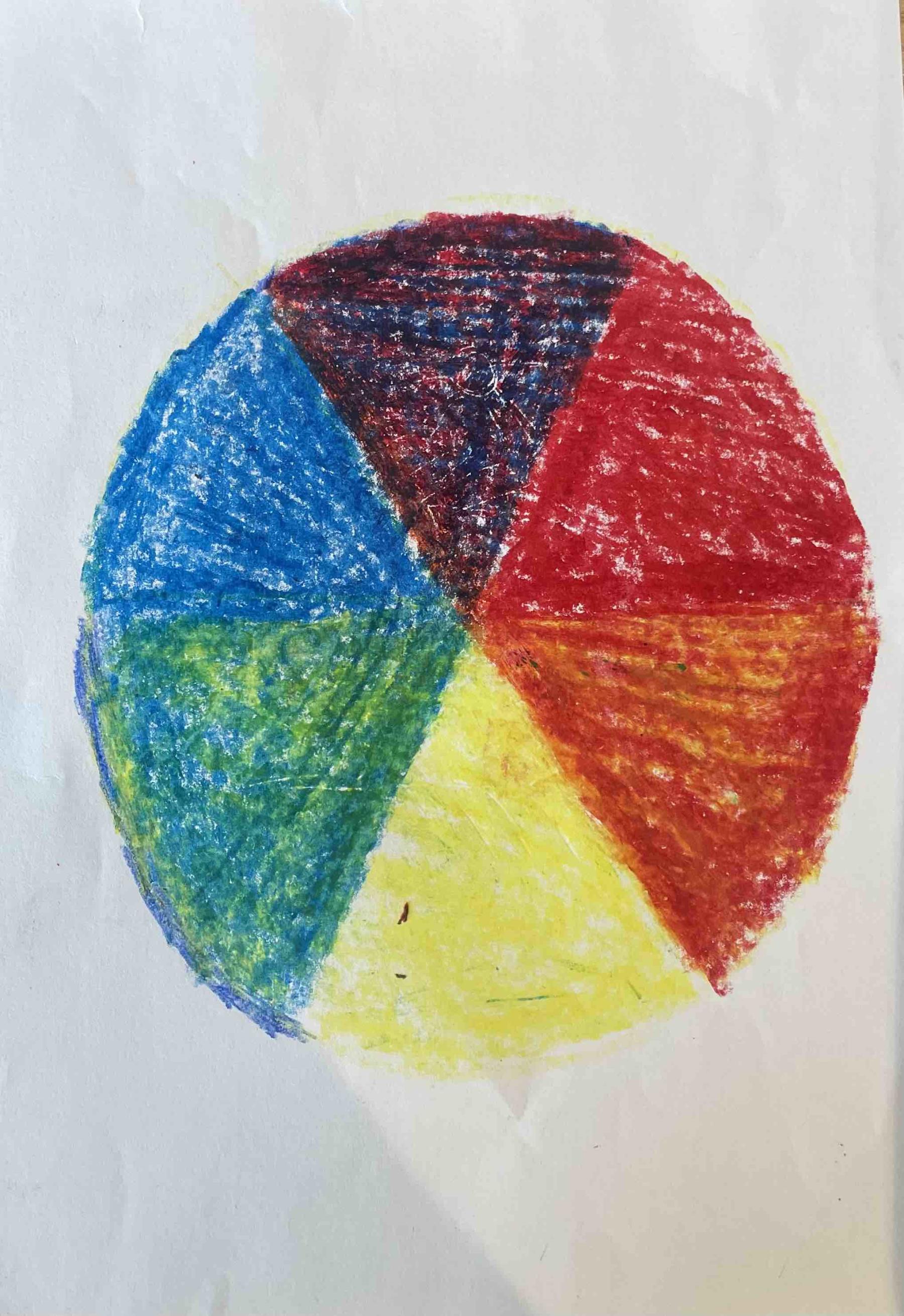
Below is an example contact print - placing a coin and a leaf behind the paper and rubbing crayon over it.
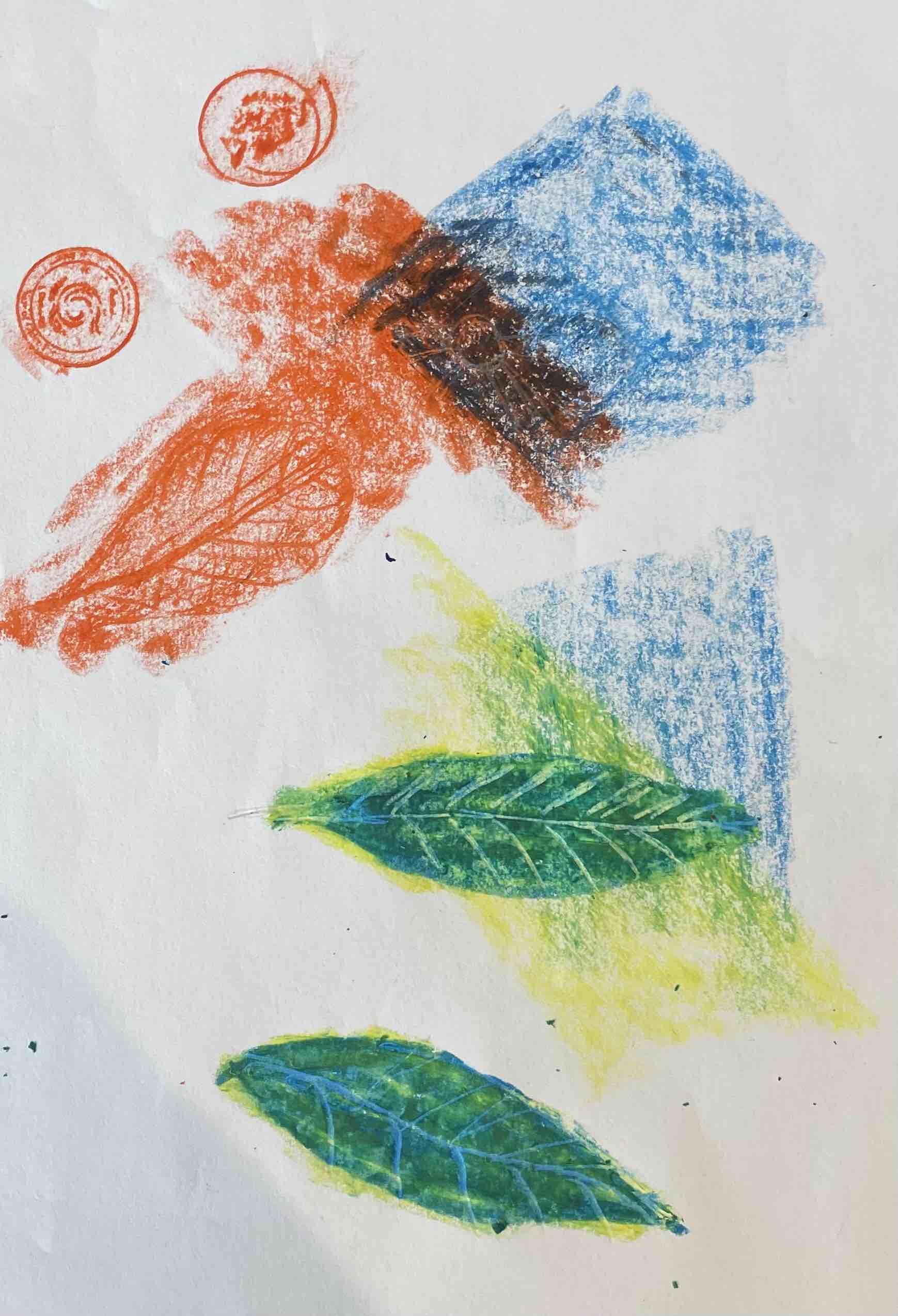
Week 2 - Water Colour Paints $66.70 before 15% educator discount
Babies
- See the delight of bold colours
- Soak paper in water.
- Using a large pastry brush and bold movements paint and drip colour and watch it run across the page.
Toddlers & Kinder
- Same as babies. Extend by adding additional colours.
- Ensure the brush is washed in water and dried on a sponge when changing colours.
School Aged
- Same as Kinder and toddlers. Think about using smaller brushes and mixing colours cleanly.
- Explore Colour wheel - how do colours look when mixed together
- Can add pencils and crayons when paper is dry.
Below are examples of water colour painting with various aged children.
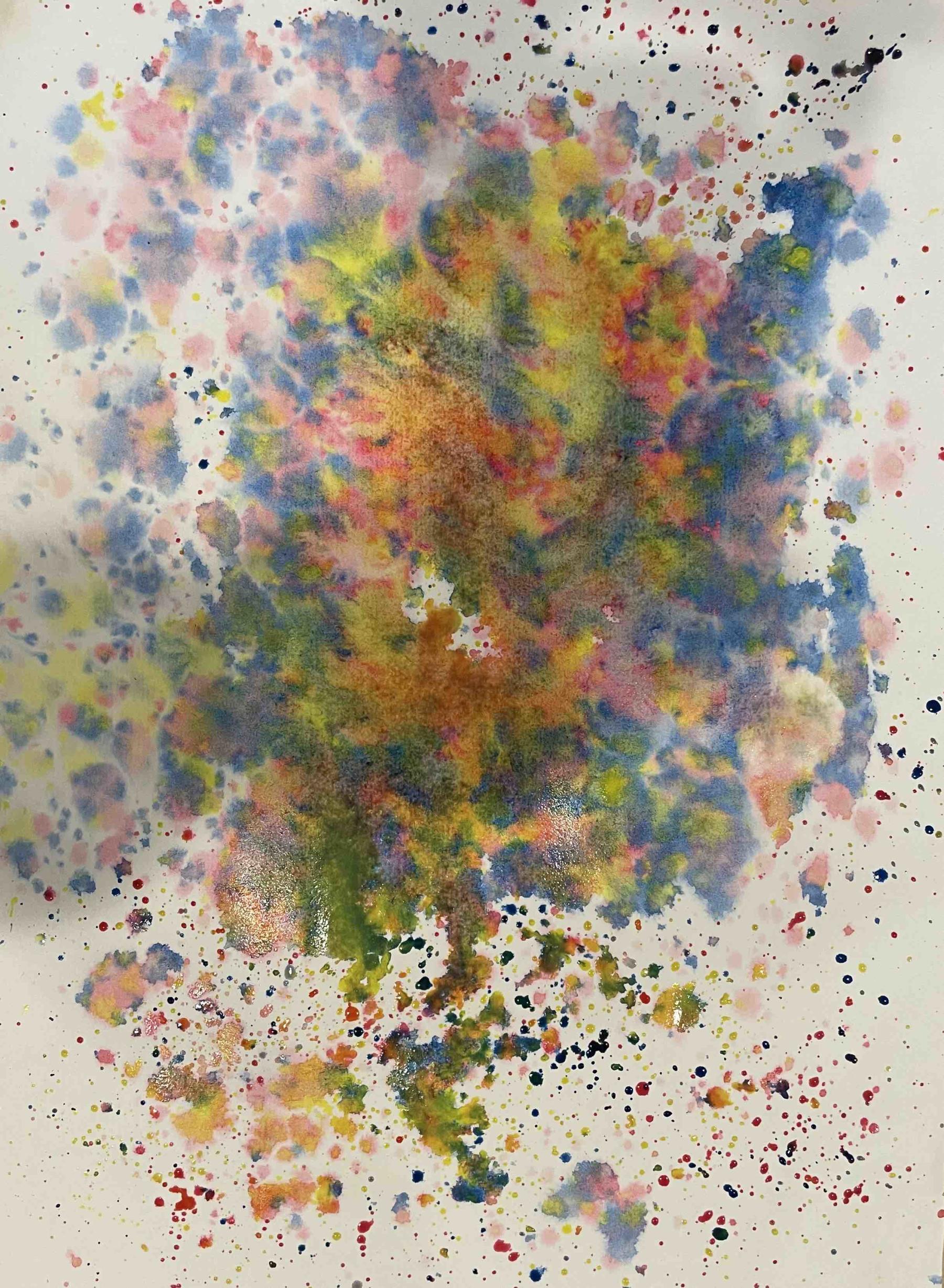
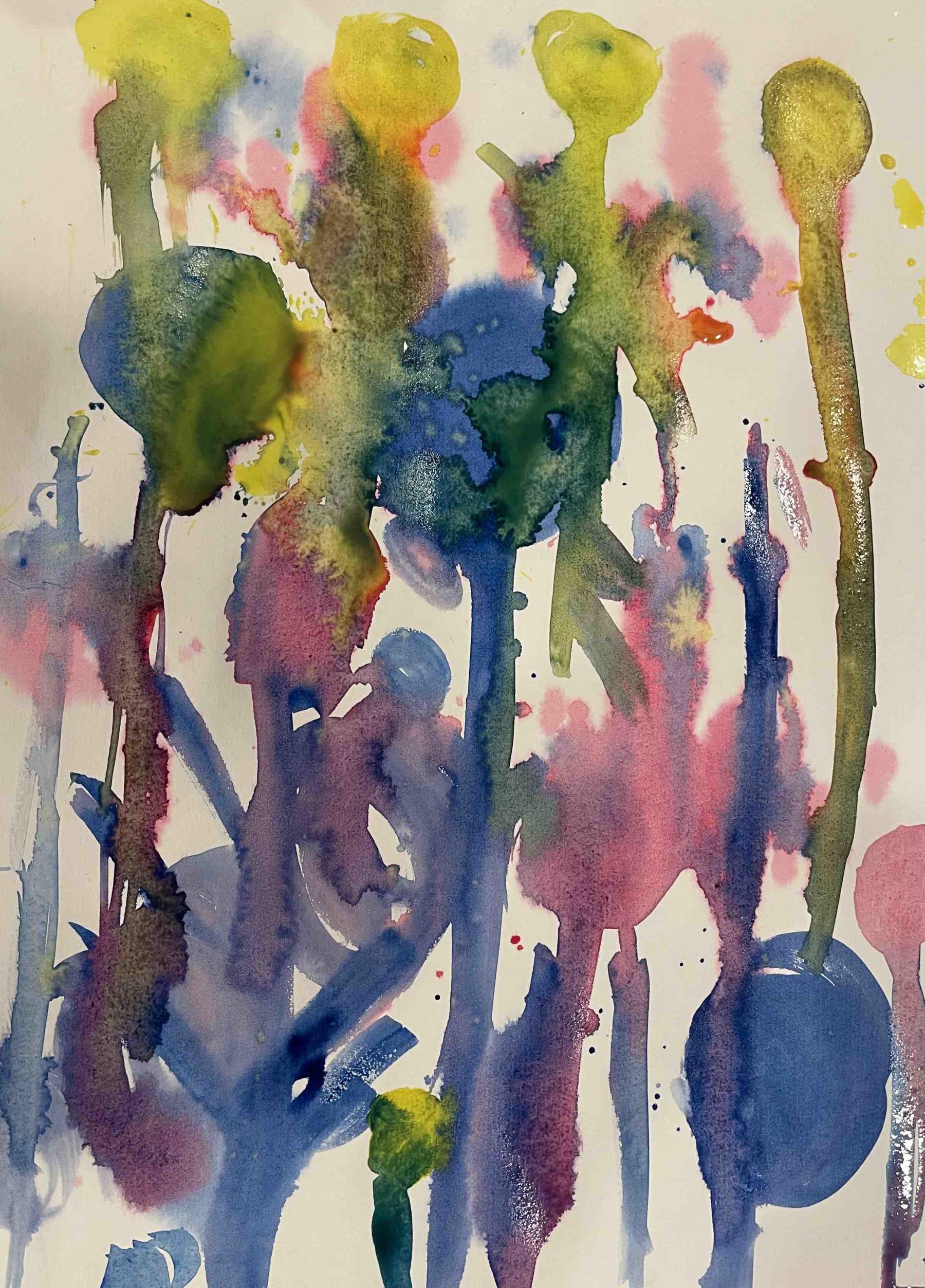
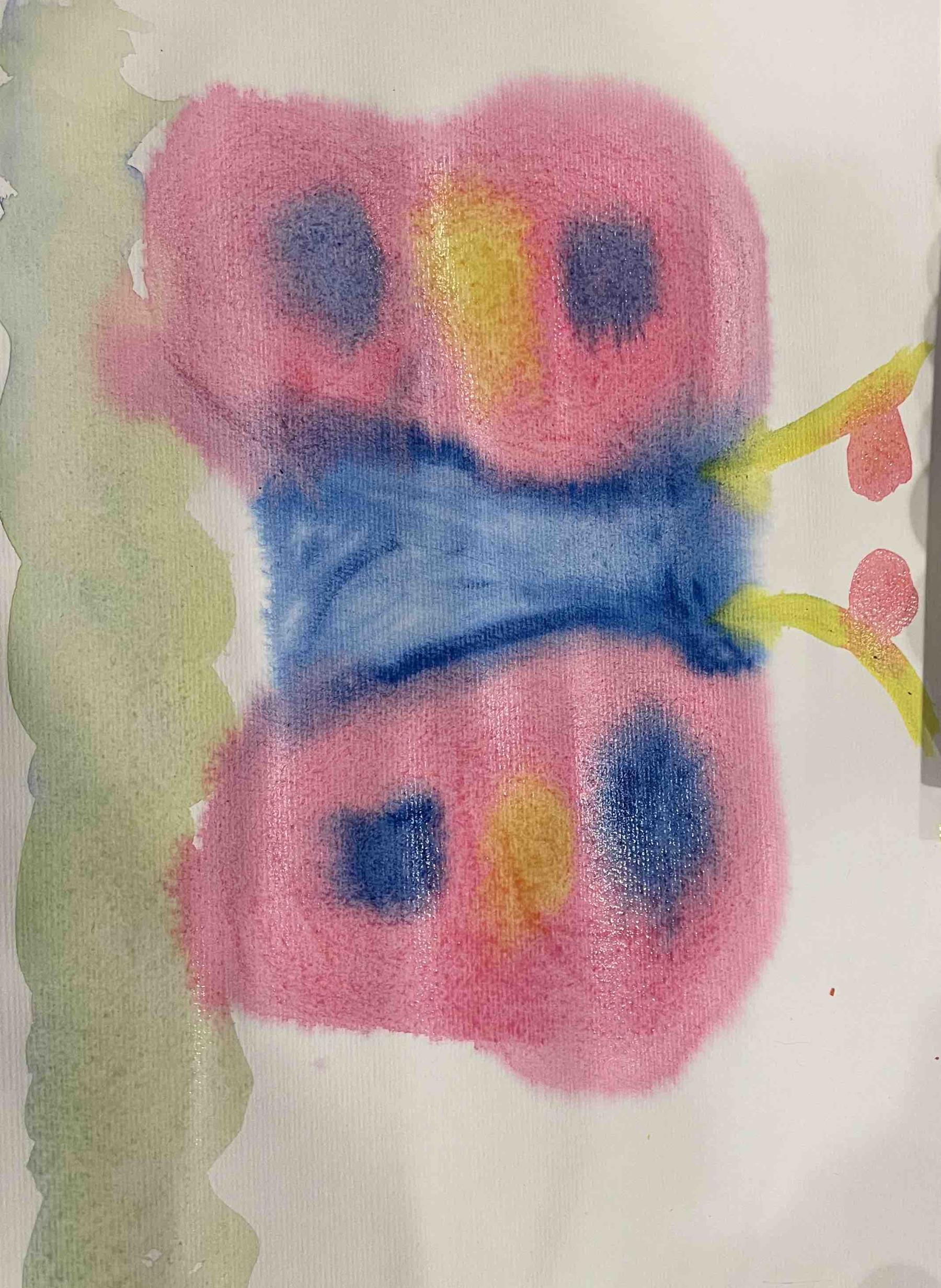
This video has some helpful tips and tricks when setting children up with wet paper and stockmar paints.
Week 3 - Lyra Waldorf Pencils $22.50 before discount.
Babies
- Pencils are not appropriate. Can be dropped and damaged. Keep small children using crayons.
Toddlers and Kinder
- Experiment with bold colour
- Shading technique. Experiment with pressure. Bold lines, soft delicate lines, evenly filled spaces.
- Contact Printing. Collect leaves, bark, textures from the park and outdoor excursions. Place texture behind the paper and shade over the top of the paper to see the contact print come through.
School Aged
- Tell a story and draw a scene
- Draw a memory - your favourite animal, place, toy
- Draw your family
- Experiment with mixing colours, lines, shading.
- Experiment with mixing wax crayons, pencils, water colour paint.
Week 4 - Sidewalk Chalk $11 before discount Blackboard Chalk $21.50 before 15% educator discount
Babies
- Sit in the pavement (backyard or at the park) and make colourful marks
Toddlers & Kinder
- Draw obstacle course for people or small cars or animals on the pavement in the backyard or at the park
School Aged
- Draw scenes from a holiday or school on the pavement
- Draw a favourite place.
- Make an obstacle course to run, jump, hop or skip through
